The St John’s Waterdog is best known as the main ancestor of several modern Retriever breeds. The St John’s Waterdog was an intelligent, affectionate, athletic dog that worked eagerly alongside fishermen in the Newfoundland area.
The St John’s Waterdog was a fantastic swimmer and keen retriever. They worked tirelessly fetching fish, lines, bait and ropes for their human companions. Sadly, this breed is now extinct and remembered only in faded black and white photographs, but the legend which began hundreds of years ago in, still lives on.
- St John’s Waterdog appearance.
- St John’s Waterdog characteristics.
- When and why did the St John’s waterdog go extinct?
- Can I buy St John’s Waterdog puppies?
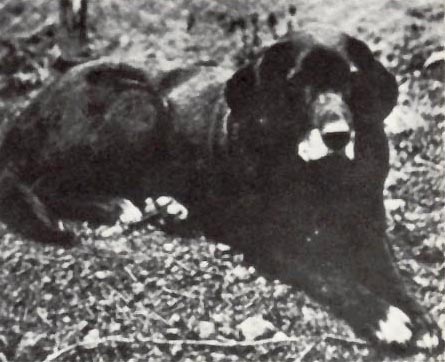
St John’s Waterdog Appearance
Since there are no modern examples of this breed around, we have to rely on historical documents, paintings and photographs to learn what the St John’s Waterdog looked like.
These dogs share several traits with modern retriever breeds, particularly the Lab. For instance, they had dense, double layered coats containing oils that protected them from the extreme temperatures when retrieving from the water.
These dogs were medium to large in size. Like most breeds, females were smaller than males. They usually had tuxedo markings. This means, the majority of their coat was black, but they had white patches on their chest, toes, and sometimes on their muzzle. A fair percentage of the St John’s Waterdog breed had longer fur than others, but over time a short, smooth coat was the norm.
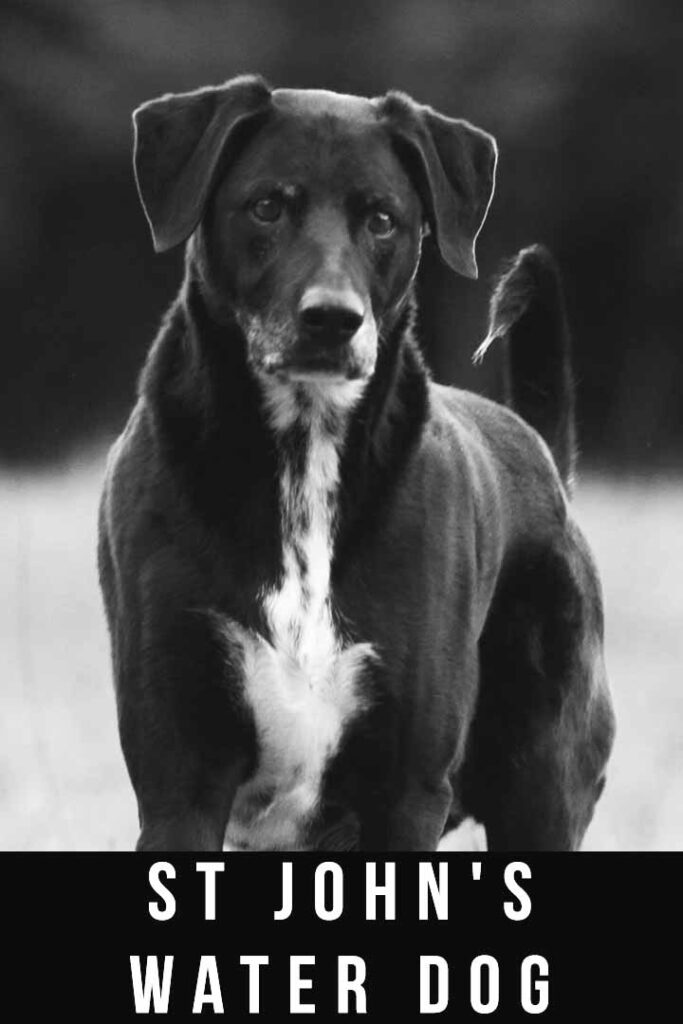
St John’s Waterdog Temperament
Temperament is perhaps even harder for us to learn than appearance. Instead of seeing examples of this breed’s temperament, we have to rely on sources from people who observed the dogs in person.
One thing’s for sure, though. We know that the breed was active, intelligent, and capable, since they performed their water retrieving roles so well. Well enough, in fact, that they caught the eye of British aristocrats, who took dogs home to breed from!
To be a successful working dog in Newfoundland, these dogs had to be friendly, energetic, and brave! At times, they would have to dive underwater to retrieve things. So, these dogs had to learn exactly what to retrieve and how to safely do so. The relationship between St John’s and humans was very cooperative, which is an ideal trait in a working dog like this.
When Did The St John’s Waterdog Go Extinct?
This breed’s numbers were in decline for a long time before they finally went extinct. Many sources believe that the last two examples of the breed died in the 1980s. These two dogs were both males, reaching ripe old ages of 13 and 15.
There are still many mixed breed dogs that exist in Newfoundland that look similar to old photos of the St John’s dog. And, the breed’s traits live on in many modern breeds, including the Labrador Retriever. However, there are no more purebred examples of the breed.
Why Did The St John’s Waterdog Go Extinct?
The 19th Century saw a rise in taxation and heavy restriction on dog ownership. This was implemented in an attempt to encourage sheep raising. Whilst this was happening, the UK was imposing a quarantine on all imported animals in an attempt to eliminate rabies. Both of these factors led to an irreversible decline in the breed’s numbers.
Can I Buy St John’s Water Dog Puppies?
It’s not possible to buy genuine St John’s Waterdog puppies, since the breed has been extinct since the 1980s. However, many of the breed’s traits live on in modern purebred dogs.
These dogs were a key breed in establishing many modern working dogs. For instance, the Labrador Retriever, Golden Retriever, the Flat-Coated Retriever, and many more, all have links to the St John Waterdog.
Many modern black Labrador mixes actually grow up to have markings very similar to the traditional water dog markings. They will have mostly black fur, but will have a white chest, white paws, and potentially some white on their face. Occasionally, you might even see this coloring in a purebred, though they wouldn’t qualify for show.
The Labrador Site Founder
Pippa Mattinson is the best selling author of The Happy Puppy Handbook, the Labrador Handbook, Choosing The Perfect Puppy, and Total Recall.
She is also the founder of the Gundog Trust and the Dogsnet Online Training Program
Pippa's online training courses were launched in 2019 and you can find the latest course dates on the Dogsnet website

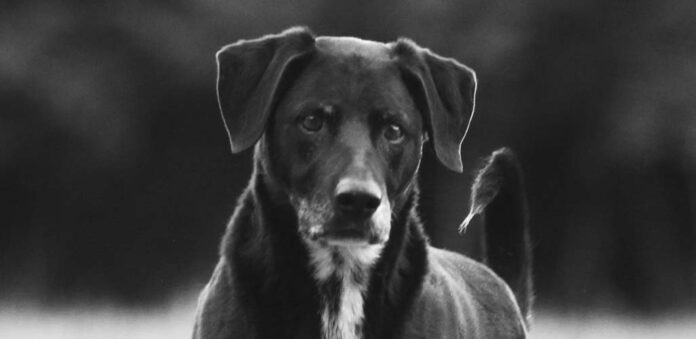



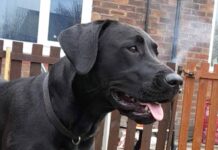
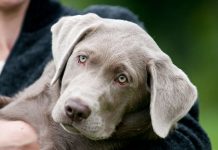
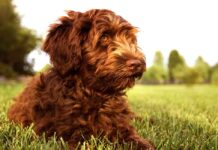
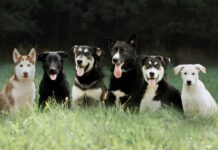
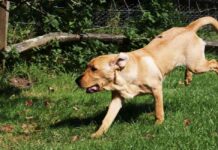









I’ve done lots of research on Labradors and Newfoundland dogs and it was the British who brought the St John’s water dogs; the greater and the lesser, back to England to develop these breeds. The original St John’s water dogs were a mix of breeds from the early settlers and we can definitely see the Labrador in the St John’s water dog from early photos. How awful that these wonderful dogs became extinct. Black Labradors today can have a few white hairs on their chests. This is genetically a gift from St John’s water dogs who had those white chest hairs. In the Peter Pan books, the dog ‘Nan’ is a Newfoundland, not a St Bernard, as depicted in the Disney movie. The Lab and Newfoundland are very special, not least because they are the descendants of the very special St John’s water dog.
Ellie is 12 1/2 years old now and is a double for the St John’s Water dog. She country walks twice every day and has a fine nose for wildlife, although she is a finder/pusuer rather than a killer. She is measured in her pace and when younger could jog on all day with an occasional burst of muscular sprinting covering fields with ease and could turn on a sixpence and completely rise above tall barley to spy out any movement in the crop that could tell her of a rabbit on the run. She checks the trees for activity still, and if she sees a squirrel will stand up the tree and thump it with her paws. She suffered a water trauma when a tiny pup so doesn’t like to get fully wet – she wades instead! She was bought from a farm near Ludlow England but her parentage was vague – possibly a retriever, spaniel,collie, lab mix? Hope this helps – oh and not forgetting she has the most wonderful happy nature, barks only when necessary and can read human emotions like no other dog l know!
We have a pedigree Black labrador retriever puppy nearly 5 months now. She has white chest markings and we met a chap who told us a bout St Johns Waterdogs, fascinating!!